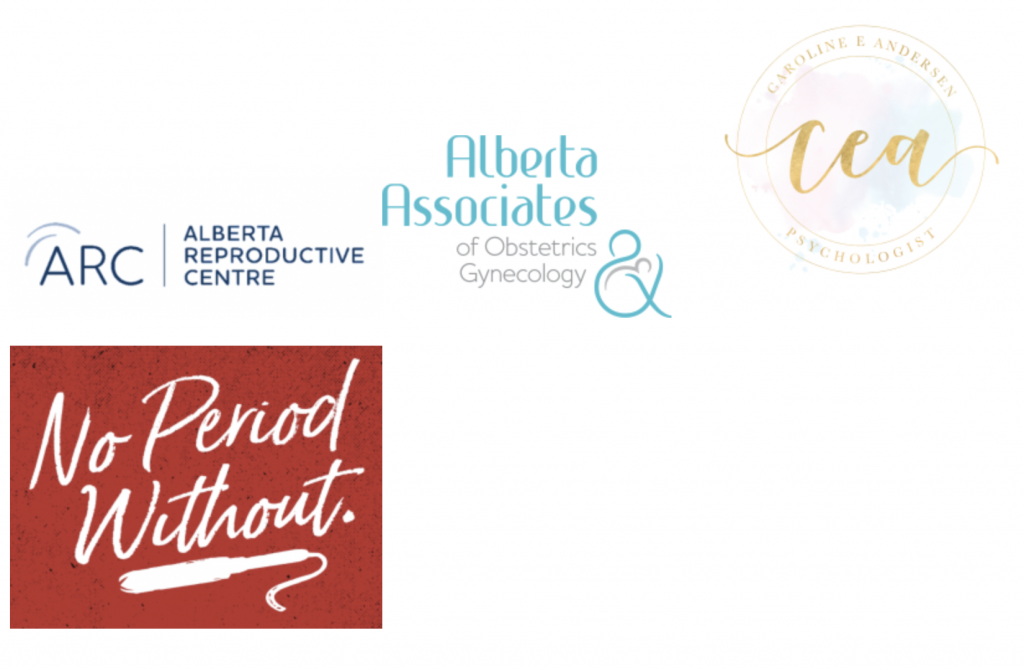When it comes to enhancing fertility, it is so important for both partners to be involved in the process of optimizing their overall health.
Often we only see one partner at our clinic seeking specialized care in order to optimize their fertility. However, optimal fertility takes more than just one person. Statistically, sperm-related infertility contributes to upwards of 40% of infertility cases (1).
Sperm Parameters On The Decline
The quality of sperm has been taking a downward trend for decades. For example, in 1992, the average amount of normal sperm morphology (shape) was at 15% (2). Today, The World Health Organization considers normal sperm morphology to be at 4% – implying that it is normal that 96% of sperm do not develop and mature optimally.
A meta-analysis study published in 2017 cites that among 43,000 people in North America, Europe, New Zealand and Australia – sperm counts per mL of semen had declined by more than 50% between 1973 to 2011. Furthermore, total sperm counts were down by almost 60% (3).
Reasons for Worldwide Decline In Sperm Health
A recent 2020 review suggests that lifestyle changes, pollution, environmental/work factors, the increased use of electronic equipment, and dietary factors contribute to the quality of sperm (4). A high BMI, smoking, drugs, and STI’s can also contribute to the decline. Fortunately, studies show that regular acupuncture treatments, as well as lifestyle, and education changes can increase chances of conception.
Acupuncture Improves Sperm Health
Fertility and Sterility published a comparative study (2005) with 40 participants with low sperm counts, poor motility (movement), and poor morphology (development)(5). 28 of the participants received acupuncture twice weekly, for five weeks. The data showed a significant increase in normal sperm morphology and total motility in the group receiving the acupuncture treatments. The study concluded that acupuncture could benefit one with infertility factors by improving sperm quality.
In a 2008 randomized controlled trial, 231 candidates with oligospermia (low sperm count) and asthenospermia (reduced motility) were divided into three groups (6): the first group received a 3+ point protocol with electroacupuncture, the second group was supplemented with Chinese herbs, while the third group received both electro acupuncture and herbal treatment. The outcome measures were semen density, vitality, and acrosomal enzyme activity. The effective rate of increase in these measures for groups one and two were 67.6% and 68.3% respectively. But with with the combination treatments in group three, there was a significant increase in effectiveness of 84.6%
A 2003 prospective controlled and blind study researched the use of acupuncture as an adjunct to moxibustion therapies in patients with abnormal semen concentration, morphology, and motility (8). The patients were randomized into a test group that received the acupuncture and moxa treatments as well as a control group that didn’t receive the treatments. The results showed a significant increase in percentage in total functional sperm for the group who received acupuncture with moxibustion.
How Does Acupuncture Benefit Sperm Health
Acupuncture has a cumulative effect, and in some cases depending on infertility factors, may need more time and consistent treatments to resolve. You wouldn’t expect to have a six-pack after one workout!
At Whole Family Health we base our treatment plan protocols on evidence-based fertility studies, tailored to your unique manifestations.
Acupuncture is able to increase blood circulation and nerve conduction to the reproductive organs. The reproductive organs are then able to optimally produce and mature the sperm, regulate the temperature, and induce proper hormone signalling.
Depending on your timeline, and if you are doing IVF treatment, our treatment protocols are based on research. We recommend treatments anywhere from once to twice weekly for 5 – 12 weeks, keeping in mind that it takes 72-90 days for sperm to fully mature. By working with you during this key preconception spermatogenesis period we can create the best conditions for the sperm to develop and grow to their peak potential.
Lifestyle, environment, and what you put into your body can have great influence on sperm quality. Fertility specialized acupuncturists listen to your fertility journey to help provide lifestyle, diet, and supplement recommendations to optimize your sperm health.
For more information on how we can support your fertility journey, feel free to contact us for a free 15-minute Q & A consultation.
Image: https://www.instagram.com/ambarazcorra/
References
(1) PMID: 15049583
Male factor infertility: Evaluation and management
DOI: 10.1016/S0025-7125(03)00150-0
(2) PMID: 11387287
Semen parameters, including WHO and strict criteria morphology, in a fertile and subfertile population: an effort towards standardization of in-vivo thresholds
https://doi.org/10.1093/humrep/16.6.1165
(3) PMID: 28981654
Temporal trends in sperm count: a systematic review and met-regression analysis
https://doi.org/10.1093/humupd/dmx022
(4) PMID: 32168194
Reasons for worldwide decline in male fertility
DOI: 10.1097/MOU.0000000000000745
(5) PMID: 16009169
Quantitative evaluation of spermatozoa ultrastructure after acupuncture treatment for idiopathic male infertility
DOI: 10.1016/j.fertnstert.2004.12.056
(6) PMID: 19055284
Clinical observation on electroacupuncture and Chinese drug for treatment of oligospermia and asthenospermia of the male infertility patient]
https://pubmed.ncbi.nlm.nih.gov/19055284/
(7) PMID: 14695986
Effects of acupuncture and moxa treatment in patients with semen abnormalities
https://pubmed.ncbi.nlm.nih.gov/14695986/



